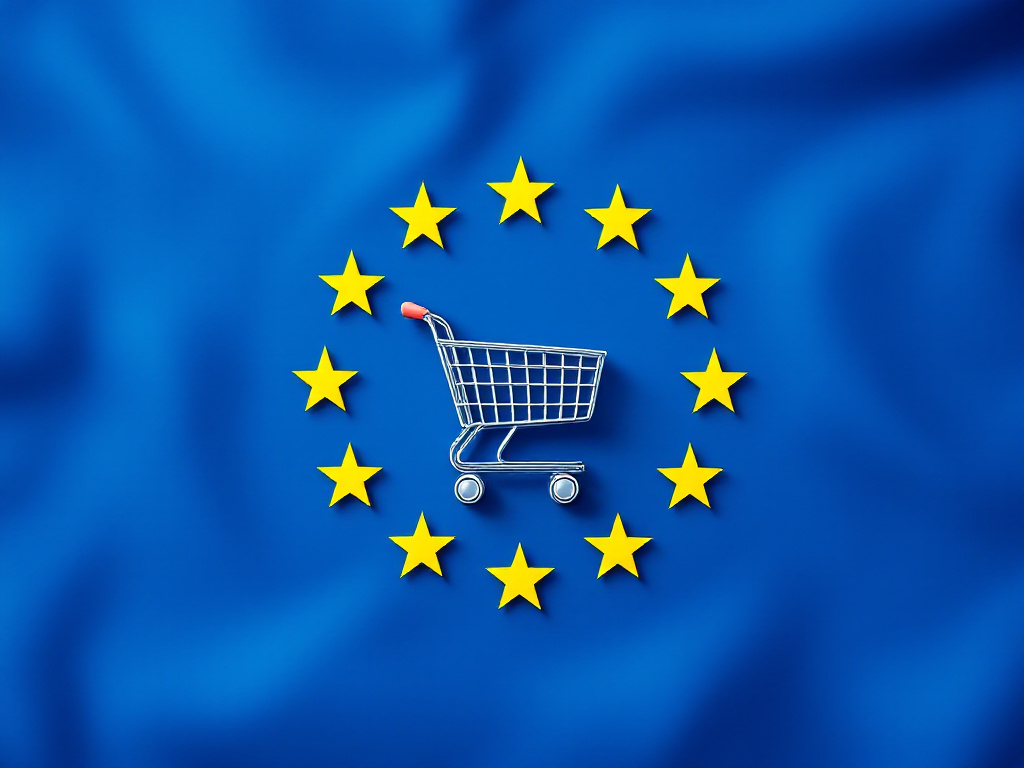If you are looking for something similar to Fjällräven but want to watch your wallet you could look into Revolution Race.
I was a bit skeptical because they’ve had very prominent social media campaigns and they seem to have an endless amount of product variations. (Things I don’t equate to reliable businesses.) However I’ve recently seen people use them not only for hiking but also quite a lot for work – gardening (not the hobby kind), landscaping etc.
If anyone has personal experiences with them I’d gladly hear your take!





The photo: